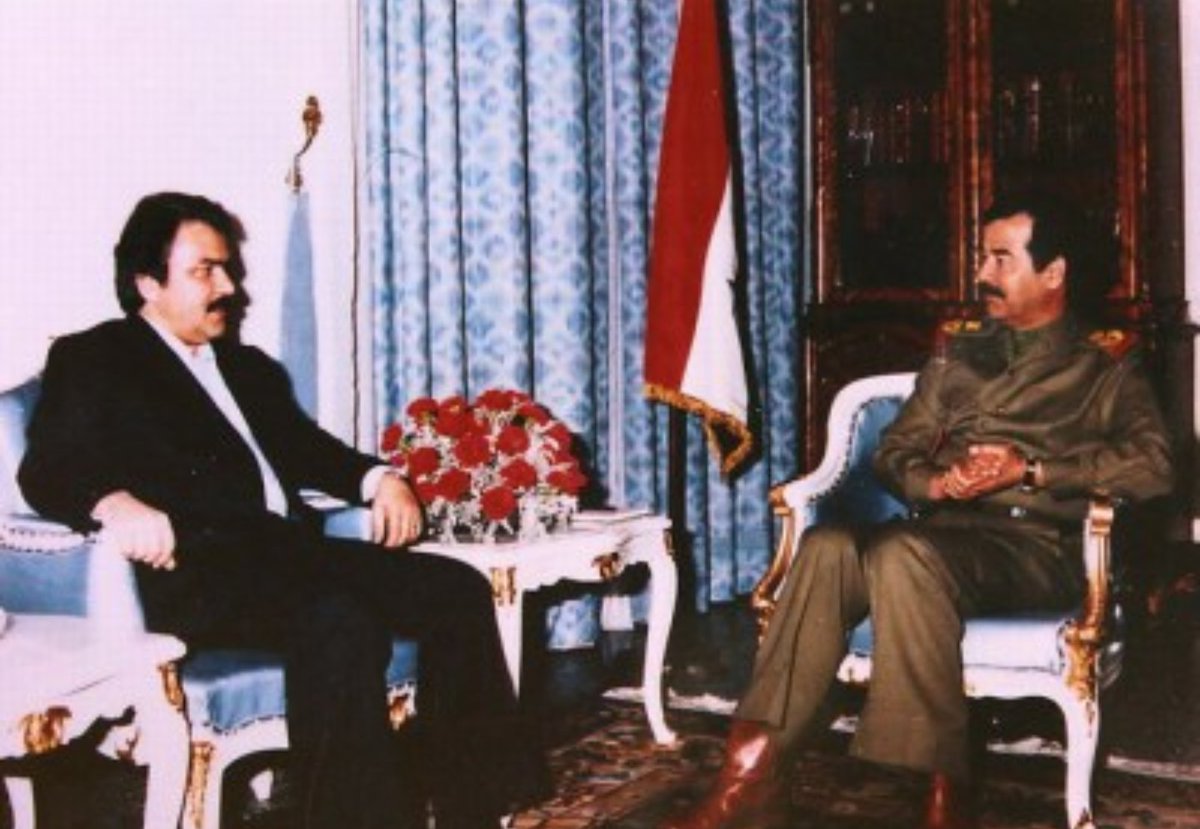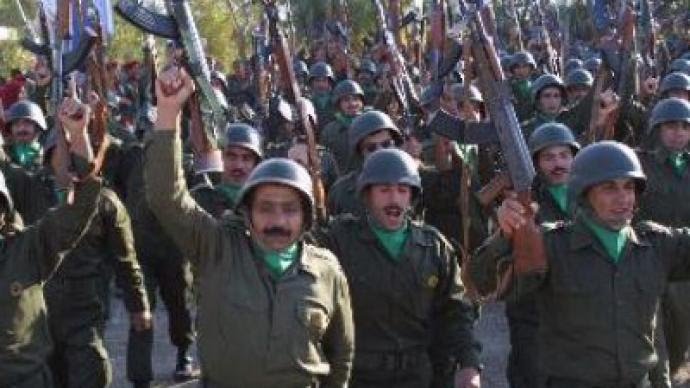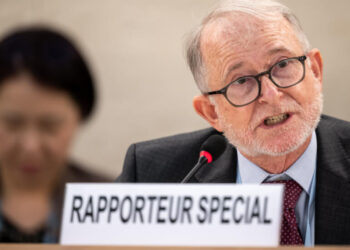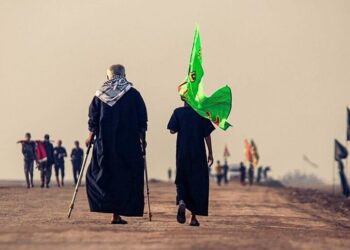The Mujahedin-e Khalq (MeK) is viewed by many as one of the nastiest terrorist organizations ever existed. After committing unimaginable atrocities in Iran, which put the group on the blacklists of many different governments, the MeK had to leave France and move to Iraq.
Later, as a gesture of gratitude to former Iraqi dictator Saddam Hussein for giving them a new home, the MeK helped his regime massacre thousands of innocent Iraqis during the Anfal and Morwarid (Pearl) operations.
From genocide to war crimes, the MeK has committed enough crimes against humanity to secure a place among the 20th century’s biggest terrorists. Some observers have compared the extent of the cultist organization’s crimes to the likes of the Holocaust, the Katyn massacre of 22,000 Polish people by the Soviet Union, or the Japanese Empire’s genocide against the people of China.
The present research focuses on these atrocities and the risks that entails the group’s recent resettlement in a camp in Albania.
The 1991 Iraqi uprisings
Just two years after his failed military invasion of Iran, which dragged on for 8 years and killed hundreds of thousands of people, Saddam faced a nationwide uprising. Angry protesters, tired of Saddam’s dictatorial rule, took over 14 of Iraq’s 18 provinces in two weeks.
Saddam responded with an Iron fist, as he was always expected to do. The ruling Baath party killed tens of thousands of Iraqis and displaced over 2 million people.
MeK, Saddam’s new killing machine
Saddam’s regime was not alone in its deadly crackdown. The United States was first to greenlight the murderous rampage by lifting the no fly zone established the year before, when it warded off Saddam’s invasion against the neighboring Kuwait.
The MeK was specifically involved in the crackdown against the people of Basra and buried so many of its victims in mass graves.
According to former members of the MeK, the terrorist outfit killed scores of Iraqi Kurds during the Morwarid operation.
Masoud Rajavi, the group’s leader, ordered his forces to kill as many people as they can (over 25,000 according to unofficial accounts) in order to slow down the uprising and ultimately help Saddam remain in power.
Saddam, knowing that the MeK was now key to the survival of his dictatorial rule, decided to give them freedom of movement around Iraq. He also sent weapons and equipment to the group in case there are more uprisings in the future.
Enjoying their new status, some MeK elements even paraded outside Saddam’s palace under the self-proposed moniker of the Freedom Army, only to be shut down by Rajavi, who thought such moves could upset Saddam.
Impressed with the sheer viciousness the MeK put on display in order to prevent the fall of the Baath Party in the uprisings of 1991, Saddam awarded Rajavi with the Iraqi Army’s highest badge of honor.
Saddam also gave the MeK land to establish its own military base and funneled some of Iraq’s oil income to Rajavi’s pockets, a trend that continued until Saddam’s last days in power. The MeK, in exchange, helped the former dictator to continue his reign of terror.
General Izzat Ibrahim, then deputy commander of Iraq’s Army, told Rajavi once that him and the MeK “rescued Saddam” while him and his henchmen were “besieged and hopeless.”
“We owe Mujahedin our lives,” he told Rajavi.
Head of Iraq’s intelligence apparatus at the time also told Rajavi that he would personally guard him from harm because it was “the same as guarding Saddam from harm.”

During the Gulf War, Iraqi Kurds in the country’s northern parts took over the Kurdish regions of Iraq. The MeK, under the pretext that Iran has attacked Iraq’s soil, rushed to counter the Kurds until Saddam’s army arrives from the south.
Rajavi’s forces were based in a camp inside the Kurdish region’s when Saddam began his invasion of Kuwait. Before the MeK came to the region, Iraqi military forces had made sure the Kurds were either killed or forced out of their homes. Saddam let Rajavi control the region.
Interestingly, Rajavi and his forces were never attacked by the United States and its allies during their airstrikes campaign against Iraq. MeK members had painted large portraits of Rajavi and his wife, Maryam, as well as their version of Iran’s flag in Camp Ashraf as well as their other base in the Kurdish regions so the pilots, according to some kind of agreement behind the scenes, would not target them.
Saddam’s defeat in the war meant that his forces would fall back to the Central parts of the country, paving the way for the Kurds to push back in order to retake their lands. This is where they found themselves fighting the MeK.
Here, we review four different accounts of this confrontation.
The first account is an excerpt of the U.S. State Department’s report to Congress, Saddam allowed the MeK to cross the border into Iran and attack positions of the Islamic Revolution Guards Corps (IRGC) near the Kurdish city of Qasre Shirin to let Iranians know that he would not tolerate their involvement in the ongoing tensions in Iraq’s Kurdish regions.

Iraqi Kurds also confirmed that Rajavi’s forces were helping Saddam crack down on their movement, according to the report.
A former high ranking commander of the MeK has also confirmed that he fell out of favor with Rajavi after questioning his decision to confront the Kurds.
The second account, by Mr. Haeri, a former member, shows that the MeK had planned its deadly confrontation with the Kurds from long ago and was only looking for the proper opportunity to unleash it.
He says the MeK carried out its first operation against the Kurds in the city of Suleiman Beig, when a bus full of Kurdish Peshmerga fighters entered the town to fight Saddam’s forces. The MeK forces ambushed the bus and set it on fire, killing some of the Peshmergas and forcing others to fall back.
The Kurdish fighters, carrying mainly AK-47s and old sniper rifles, never expected to be faced with the MeK and their armored tanks and BMPs, Mr. Haeri says.
Once the MeK forces found out that some of the Peshmergas were hiding under a nearby bridge, destroyed the ridge with heavy artillery fire without ever considering taking them prisoner. The Kurdish fighter were later buried in a mass grave, according to the former member.
In another instance, Haeri says, the MeK forces stopped a truck that was carrying ammunition for the Kurds. Upon discovering what the driver and his companions, another Kurdish man and two small kids, were up to, they lined them up and shoot the two men with 23mm guns from close range.
The MeK also chased down and killed Iraqi soldiers who abandoned battle and fled back to their families on foot. They were mostly confronted while trying to cross mountains in an attempt to avoid getting caught.
Reza Karamali was a senior MeK commander who ordered his forces to attack Kurdish homes in the region. He was killed in the battle and buried inside Camp Ashraf.
The MeK, faced with resistance from some members over attacking the Kurds, deceived their own ranks into thinking that they were fighting IRGC forces who had disguised themselves like Iraqi Kurds. This means some of the MeK members died without ever knowing what they were fighting for, Haeri says.
To be continued…


















